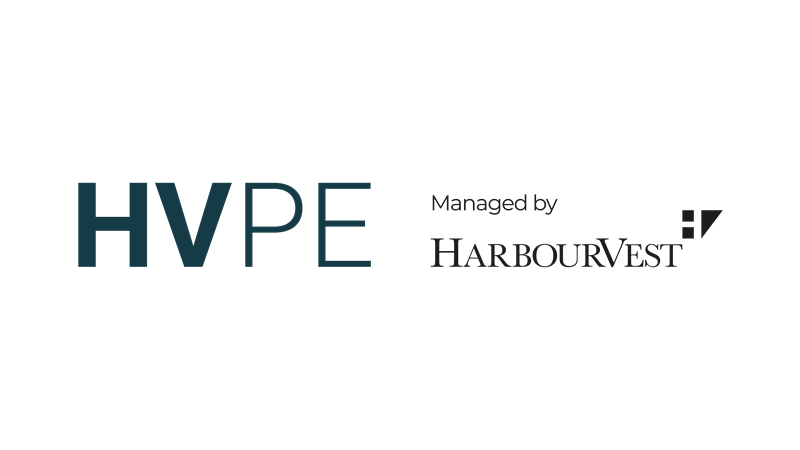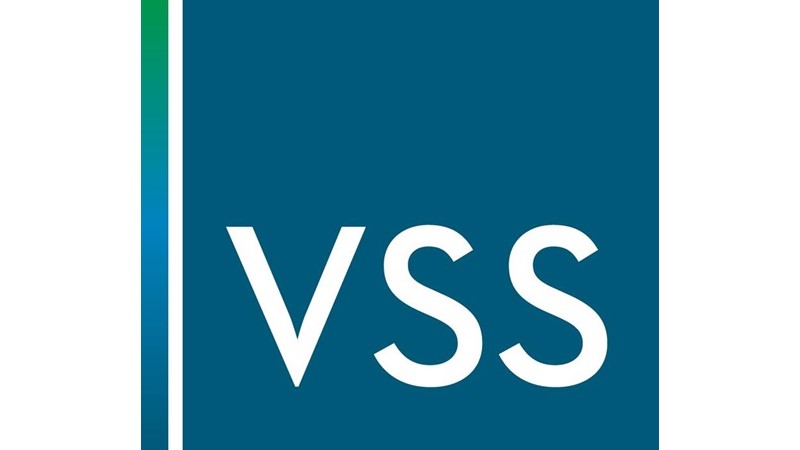A European Perspective On US Zero Fee Passive Management Funds
The so-called loss leader strategy has been adopted across all sectors, services and products so far. One of the most typical examples where this strategy is well deployed is the one of razor blades. In fact, razor blade producers literally give away razor units because once consumers acquire the unit they will need to buy blades. This is where the profit for producers lies. Similarly, loss leader strategies are deployed with console games, sold usually at a loss to lure customer into purchasing higher margin games and subscriptions. The list goes on pretty endlessly and spans across all imaginable markets. Despite some minor attempts, that can be counted on the fingers of one hand only, so far there have been less instances where this strategy was adopted for financial services or products and even less in the fund management system.
However, this situation is set to change or at least has changed since August 2018 in the United States for fund management. For the first time in August this year, a Boston based fund power-house employed a loss leader strategy with the launch of two zero fees index tracking [passively managed] funds. The news apparently didn’t go unnoticed in the market and competitors felt the heat from this move, with their shares diving down significantly at close of business on the same day of the launch of these new funds.
Fees, Active vs Passive managed funds
Fees are charged by fund managers in the context of their relationship with investors for reasons linked not exclusively to the active management of the portfolio. Fees typically cover costs associated to management of these investments and costs related to third parties involved in the investments.
Without embarking into the broader debate of the merits or advantages of active vs passive management, suffice to say that actively managed funds tend to be more expensive for the reason that the active management allows for continuous deliver of alpha and outperformance of a benchmark index, at least on the paper. Passively managed funds represent a much cheaper option due to the fact that the fund simply replicates the composition of a benchmark index to define its portfolio, instead of having a manager actively selecting the portfolio composition of the fund.
It is noteworthy to mention that these two new zero fee funds launched were not offered via an ETF structure, but simply through a mutual fund structure. Interestingly, these were also available exclusively to existing customer of the proprietary brokerage service of the fund house, instead of being available to anybody on a stock exchange, like an ETF structure, for instance, would have demanded. Another attractive point of the proposition was that the new funds had no longer minimum sizes of investment in their structure. These elements clarify the marketing move to attract a younger audience of investors, create a loyal audience and sell in the future more profitable services with a higher margin.
European Perspective
Not all fund houses – be them managing funds actively or passively – can afford to have an exclusive range of free funds. Most of the flagship funds of sizeable and well-known fund houses, for instance, will remain at a cost for their investors. It is debated, for instance, whether the offer of zero fee funds inherently bear the risk that the costs for those funds will be passed to investors of other funds of the same family. Fund management has indeed a cost. Fees charged by fund managers, according to a spokesman of the Financial Conduct Authority in the United Kingdom should possibly remain, with a greater emphasis required instead to be placed on transparency of those fees for investors.
Some of the changes that recently impacted the ecosystem for financial services in Europe are not necessarily against the blossoming of the market of no fee funds. Some others regulatory changes, instead, favour the opinion that European investors should not hold their breath waiting for the next wave of zero fee funds to swipe their markets.
Let’s take, on the one hand, the Retail Distribution Review (RDR) initiative, for instance, and the ensuing prohibition for fund managers to pay commission to distributors as an example. We see how intermediaries, once they lost the incentive to offer a product as opposed to another because they can no longer receive a commission from the product manufacturer, might see more value for their clients in more cost-effective solutions and tempted accordingly to recommend the purchase of funds with lower or no costs altogether. On the other hand, instead, we have also another movement on fees, initiated with MiFID II, which can have the pendulum swinging deeply in the opposite direction of a flourishing market for zero fee funds, at least in the current climate. Following MiFID II, fees and their amounts charged by fund managers must be disclosed to investors even more clearly, both in advance of the investment and on an ongoing manner.
Particular attention has been paid also to certain practices, some of them long standing in the market, that would have resulted in hidden fees for investors. We refer to the payment for investment research made via soft dollar arrangements, using a portion of the commission devoted to pay for execution costs from brokers. These commission payments represent a hidden cost applied by the executing broker - and not the fund manager – to investors. Besides, they also constitute an inducement. Due to the newly introduced rules under MiFID II, payment for investment research has been now transformed into a separate charge applied by the investment manager to investors in addition to the management fee.
Some of these large funds are typically involved in securities lending transactions. The profit from these activities undertaken at a fund level may be passed back on to shareholders, but this is not always the case. Sometimes, there might be costs or losses associated with these activities and these are typically borne by investors; there is not necessarily transparency on the details of these activities. Whilst spokesmen from the fund house in question immediately denied the possibility of recreating zero fee funds also in Europe, commentators have expressed their concerns about transparency within zero fees funds. This is not necessarily a good fit in the current regulatory environment in Europe which is geared towards maximising transparency for investors.
**********
Attilio Veneziano is Managing Director of Veneziano & Partners
***
The views expressed in this article are those of the author and do not necessarily reflect the views of AlphaWeek or its publisher, The Sortino Group
© The Sortino Group Ltd
All Rights Reserved. No part of this publication may be reproduced, stored in a retrieval system or transmitted in any form or by any means, electronic, mechanical, photocopying, recording or scanning or otherwise, except under the terms of the Copyright, Designs and Patents Act 1988 or under the terms of a licence issued by the Copyright Licensing Agency or other Reprographic Rights Organisation, without the written permission of the publisher. For more information about reprints from AlphaWeek, click here.







